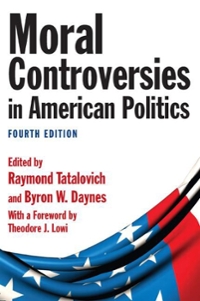Question
Suppose that there is a group of four individuals who have utility functions u(y) = y where y is income. Suppose that the social welfare
Suppose that there is a group of four individuals who have utility functions u(y) = y where y is income. Suppose that the social welfare function has no intrinsic preference for inequality and that the income distribution is y = {1, 1, 9, 9}.
1.(a)Draw the Lorenz curve associated with this income distribution and illustrate a measure of in- equality using your graph.
2.(b)Suppose that the government intervenes and equalizes income in the economy.
1.i)At what equal level of income per capita is totalu tility the same as with {1,1,9,9}?
2.ii)How does this government intervention impact average income?
3.iii)What does your answer to
4.(ii) tell us about the welfare consequences of income redistribution?
3.(c)Suppose the utility of the two individuals with an income of 9 is now u(y) = y with > 1.
i) Does this alter the case for equalising incomes?
ii) Discuss how different criteria might be used to justify redistribution even when is high.
Step by Step Solution
There are 3 Steps involved in it
Step: 1

Get Instant Access to Expert-Tailored Solutions
See step-by-step solutions with expert insights and AI powered tools for academic success
Step: 2

Step: 3

Ace Your Homework with AI
Get the answers you need in no time with our AI-driven, step-by-step assistance
Get Started


